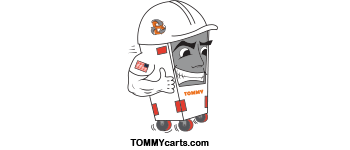Possible Environmental Concerns with Gypsum Drywall RecyclingGypsum drywall recycling can provide a great environmental benefit, but it must be performed in a safe manner. Several environmental issues must be addressed. Drywall from Demolition and RenovationDrywall removed from older structures may be painted or coated in some manner. Lead based paint was still used in some residential structures through 1979. While paints containing large amounts of lead are more likely to be encountered on window sills, door frames and exterior walls, painted drywall may require testing for lead (and possible other contaminants) depending on the reuse option. Recycling by land application to soil would likely be the reuse scenario where trace metal contamination would be most limiting. Asbestos was used by relatively few wall board manufacturers in the past, but may be encountered in the joint compound associated with the wallboard installation. Mercury was used as a fungicide by some wallboard manufacturers in the past. The end market user or the regulator may require these issues be addressed if the source of the drywall is renovation or demolition. Issues Pertaining to All Drywall SourcesThe handling and processing of gypsum drywall often produces dust. Dust can be a nuisance and possibly an irritant if not controlled. Control is typically performed by spraying the raw material, or the size-reduced end product, with water. Workers should be equipped with a dust mask and proper eye protection. Because of the potential dust emissions, the appropriate regulatory agency should be consulted to determine if an air permit is required. Type X drywall contains small pieces of fiberglass. The presence of the fiberglass has been raised as a possible concern by some. While the fibers are reported by the industry to be too large to represent an inhalation hazard, the impact of grinding is unknown. This issue is currently under investigation. The impact of type X drywall on earthworms has been studied (link), and the authors reported no negative impact from the fiberglass. |























